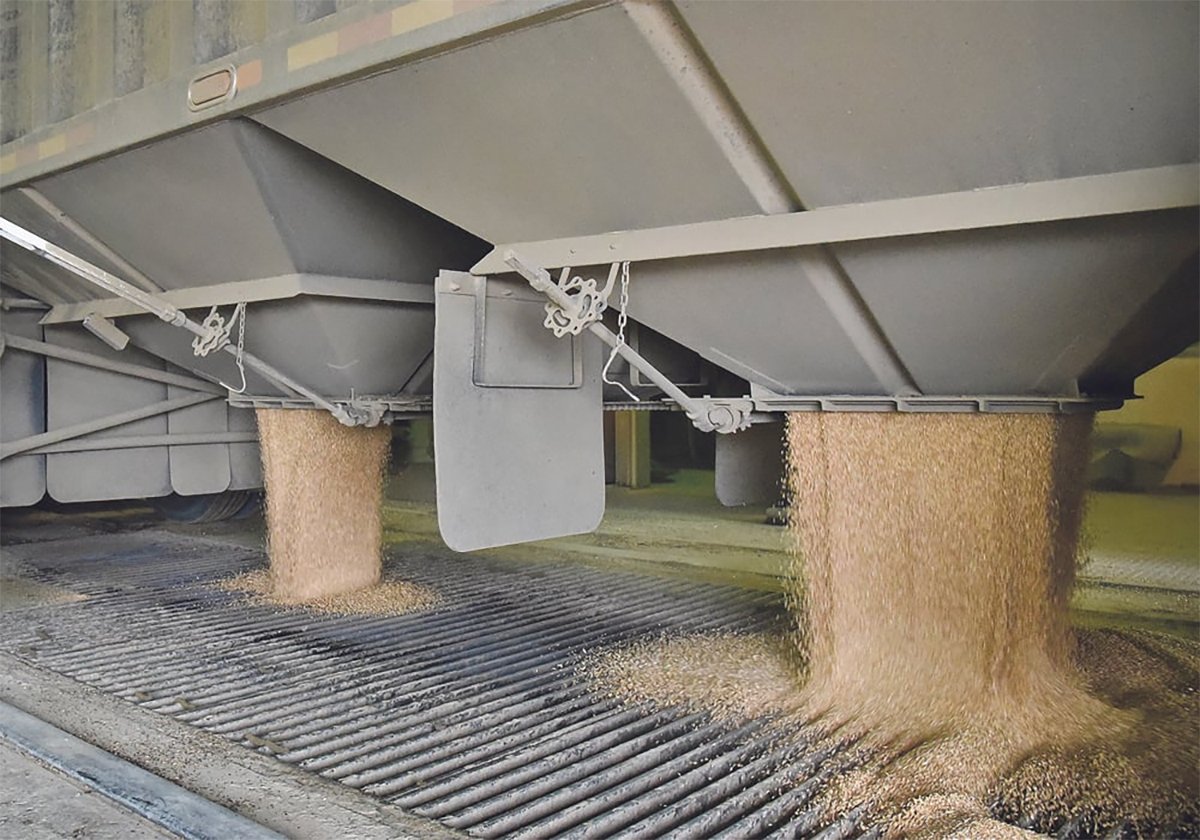Cattle ranching was big business in the late 1800s and early 1900s, in the area of the United States that I am currently exploring. But in almost a week of sightseeing, I’ve yet to see a live bovine. Where did the cattle go, and why?

“Securing rights to reliable water sources — wells, tanks and springs — was critical, pitting rancher against rancher, rancher against miner and miner against miner.,” says national park information.

As I surveyed the landscape, I saw little cattle-suitable forage. Every plant in the high desert seems to have a spine, a needle, a barb, a prickle, a tangle, a bramble or some other protective characteristic that allows it to survive the harsh climate.

Just below Barker dam is the original water trough built by ranchers. Even now, the area that gets more water encourages foliage more familiar to Canadians — cottonwoods and bulrushes.
Of course, the absence of cattle here today is no great mystery. In former days, the region used to receive up to 10 inches of rain annually. It was enough to encourage grass growth and maintain pasture. Today, two to three inches annually is the norm. Only the best adapted plants and animals can survive, and cattle are not among them.
Read Also

Worrisome drop in grain prices
Prices had been softening for most of the previous month, but heading into the Labour Day long weekend, the price drops were startling.














